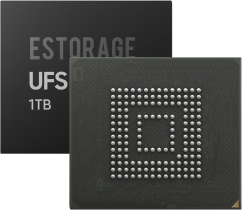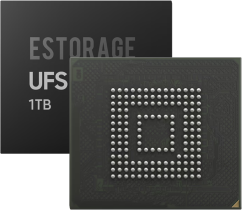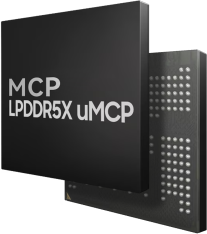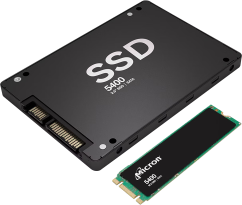Mobile Devices
Smart mobile devices leverage a sophisticated array of electronic components to deliver powerful computing, communication, multimedia, and sensor capabilities in a compact and portable form. These components continuously evolve to meet the demands of consumers for enhanced performance, functionality, and user experience in the rapidly evolving mobile technology landscape.
Function: The SoC serves as the "brain" of the device, integrating several key components into a single chip. It typically includes the CPU (Central Processing Unit), GPU (Graphics Processing Unit), and other specialized processors like DSPs (Digital Signal Processors) and AI accelerators.
Importance: Enables efficient processing of tasks ranging from basic operations to demanding applications such as gaming and AI-powered functionalities.
2. Memory:
RAM (Random Access Memory): Provides temporary storage for data and applications currently in use. Higher RAM capacity allows for smoother multitasking and faster app switching.
Storage (Flash Memory): Stores the device's operating system, apps, photos, videos, and other user data. Advances in NAND flash memory technology have led to faster read/write speeds and increased storage capacities in mobile devices.
3. Display Technology:
Screen: Mobile devices utilize various display technologies such as LCD (Liquid Crystal Display), OLED (Organic Light-Emitting Diode), and AMOLED (Active Matrix OLED). These displays offer high resolutions, vibrant colors, and energy efficiency.
Touchscreen: Capacitive touchscreens enable intuitive interaction with the device through gestures such as tapping, swiping, and pinching.
4. Battery and Power Management:
Battery: Lithium-ion or lithium-polymer batteries provide the necessary power for mobile devices to operate. Battery capacity and efficiency are critical factors influencing device usage time.
Power Management IC (PMIC): Regulates power distribution within the device, optimizing energy consumption to extend battery life.
5. Wireless Connectivity:
Wi-Fi and Bluetooth: Enable wireless internet connectivity and communication with other devices for data transfer, audio streaming, and peripheral connectivity.
Cellular Modem: Integrates LTE (4G) or 5G connectivity for mobile data access, enabling high-speed internet browsing and communication.
6. Sensors:
Accelerometer and Gyroscope: Measure motion and orientation, enabling features like screen rotation and motion-based gaming.
Proximity Sensor: Detects when the device is near the user's face during calls to turn off the display and prevent accidental touch inputs.
Ambient Light Sensor: Adjusts screen brightness based on surrounding light conditions to optimize visibility and conserve battery life.
7. Camera and Imaging Components:
Camera Sensors: Capture photos and videos with increasing resolutions and low-light performance. Dual or triple camera setups, along with AI-powered image processing, enhance photography capabilities.
Image Signal Processor (ISP): Processes camera data to improve image quality, enable features like HDR (High Dynamic Range), and support augmented reality applications.
8. Audio Components:
Audio Codecs: Decode and process audio signals for playback through built-in speakers or connected headphones.
Microphones: Capture audio for calls, voice commands, and recording purposes.
9. Security Components:
Secure Element: Stores sensitive information such as biometric data (fingerprint, facial recognition) and cryptographic keys for secure authentication and payment transactions.
Trusted Execution Environment (TEE): Ensures the integrity and confidentiality of sensitive operations, such as mobile banking and digital rights management.
10. Integration and Miniaturization:
Advancements: Constant miniaturization and integration of electronic components enable sleek designs and compact form factors, enhancing portability and usability of smart mobile devices.






